What to Do With Clothes That CANNOT be Donated
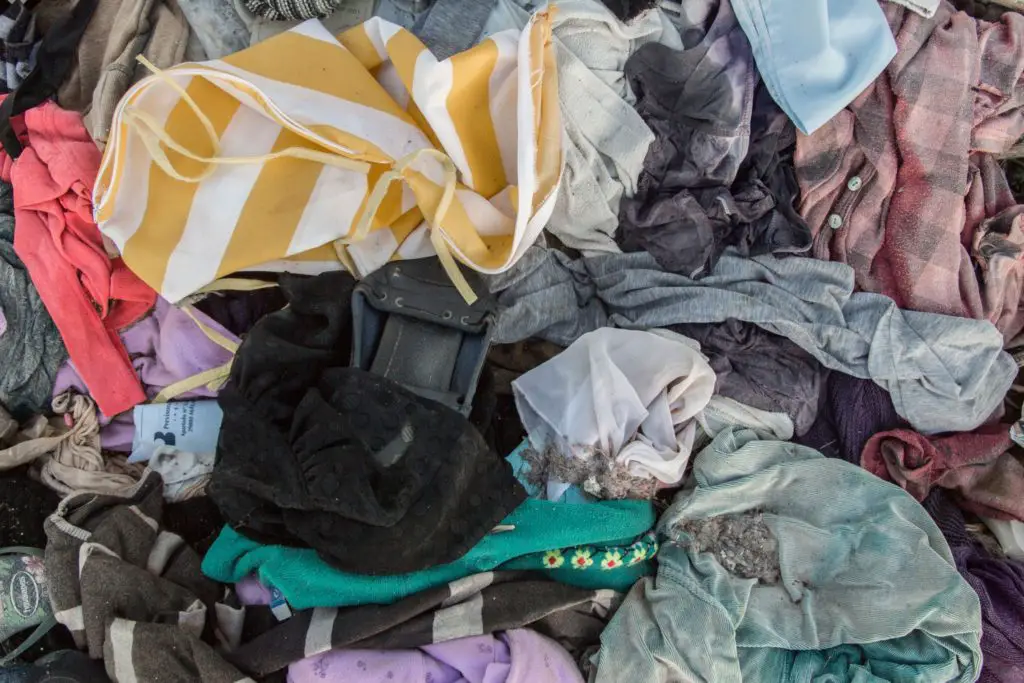
That’s a summary of the options available. Below you will find a breakdown of these ideas, as follows:
- Use as cleaning rags
- Use as makeup wipes
- Use as tissues
- Use in kid’s dressup and crafts
- Use in a DIY upcycle project
- Donate to Boomerang Bags
- Donate to animal shelters or your local mechanic
- Post to a Facebook freecycle group
- Check if there is a textile take-back program
- Throw it into your compost
- Send it away for recycling
1. Cleaning rags
- Polyester and synthetic fibres are not good for cleaning
- Soft natural fibres like cotton are best for cleaning because they can absorb liquids
- Flannel (typically used in pyjamas) is great for dusting
- Poplin (material typically used in men’s business shirts) is good for polishing
- Denim is good for polishing leather and wood as it is better at taking on and applying creams and wax polishes

2. Makeup wipes
- brushed cotton
- jersey
- fine corduroy
- fine velvet
- cotton
- denim
- muslin
- linen
- towels
- microfibre
- waffle cotton
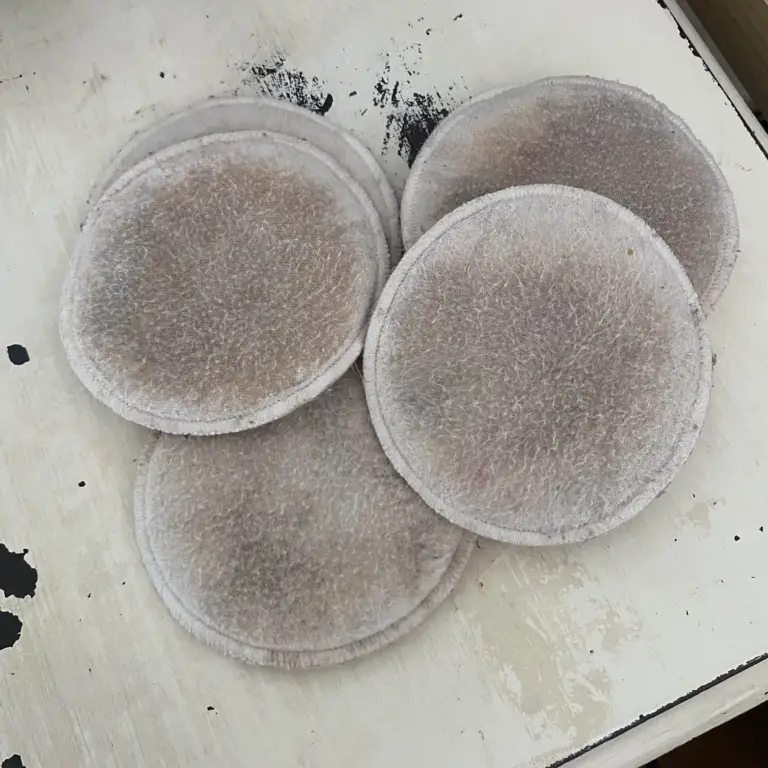
3. Tissues
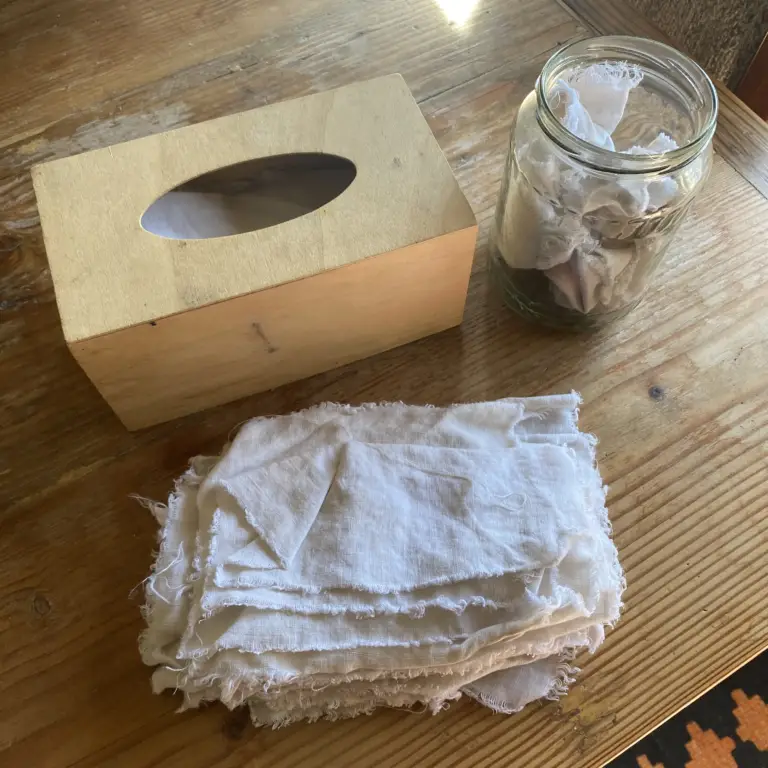
4. Kid's dressup and crafts

5. Upcycling projects
- Upcycled clothes (jeans into shorts, dresses into tops etc)
- Upcycled accessories (bags, purses, wallets, chokers etc)
- Hand warmers
- Draft stopper
- Use as gift wrap
- Patchwork curtains
- Pillowcase or cushions
- Turn shirts into a blanket
- Rag rug
- Animal bed cover
- Frame a shirt as a keepsake
- Make a picture frame
- Create toys
6. Boomerang Bags
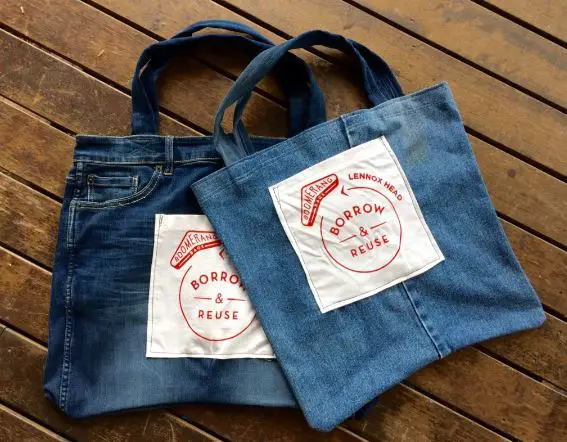
7. Animal shelters or your local mechanic
8. Facebook freecycle group
9. Textile take-back programs
- Underwear for Humanity – via post
- Patagonia – in store
- Uniqlo – in store
10. Compost
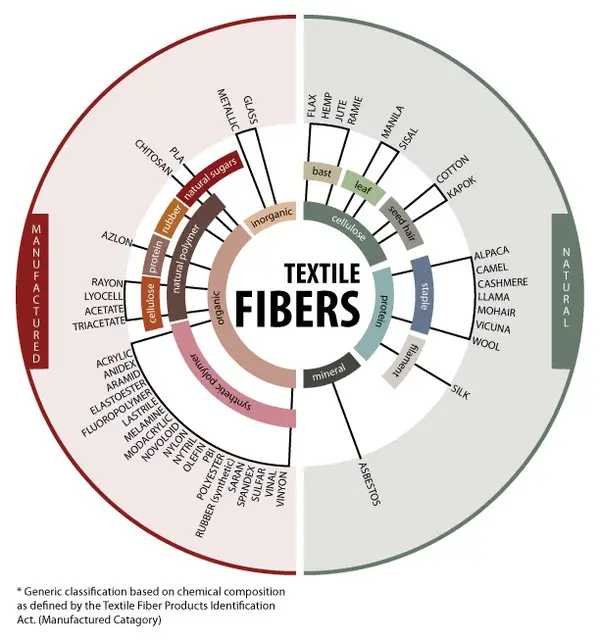
11. Textile recycling
Final thoughts...
 .
.After more information? You may be interested in....
What to Do With Unwanted Old Clothes – A Complete Guide – for a full list of options, based on how many items you have and what condition they are in
The BEST Places to Sell Clothing Online in Australia – a full guide that will help you choose the best place sell your clothes, covering all clothing types and situations
Is Selling Your Clothes Worth It? Tips to Help You Out – a deep dive into selling clothing online, what price to set and what you can do to make the process easier for you
Where to Donate Clothing In Australia – A Full Guide – the best places to donate your fit for wear clothing, including what to do with a bulk lot of clothes
What REALLY Happens to Donated Clothes in Australia – an exploration of the second hand clothing market in Australia and whether its a good idea to donate clothing to charities
Donating Clothing? Know What You Can or Can’t Donate – if you need to know what charities do or do not accept and the condition clothing should be in before you donate
Do charity and thrift stores wash donated clothing? – if you were wondering if charities wash clothing and why clothes from charities smell the same
Throwing Away Old Clothes – Can You and Should You Bin Them? – if you want to know what happens when clothes are thrown into landfill, charity or recycling bins
Where to Recycle Clothing in Australia – All Options Covered – a full list of places that accept clothing for recycling, along with details on what REALLY happens when they take your clothes
What To Do With Old Underwear and Bras – Practical Tips – if you want to know whether you can donate underwear and bras, as well as practical reuse and recycling options

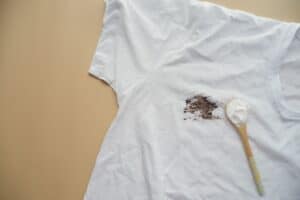



Hello
I read most of this, bras and underwear, I thought what you say is the case. There was a charity collecting bras in usable condition, I cannot remember the name of that one though.
I grew up with “rags” for hankies (handkerchiefs) and these were made mostly from old flannelette sheets, before ’tissues’ became commonplace. Nothing like the softness of those rag hankies on a cold-suffering nose! I generally run around the edges with a machine, but not always.
Toilet paper. I found myself coming into the covid mess with three rolls of toilet paper. This necessitated quick thinking. As my children had proper cloth nappies, I was used to dropping them in the bucket of napisan and then washed later. I had quite a few face washers on hand, so, problem solved! I try to do this still, as it is quite amazing how much toilet paper is saved. Good for the planet and the pocket. Cut them in four, hem them, and they will then be about the size of a toilet roll square. Old towels serve the same purpose.
Hope the hints are usable. I like your site.
Thank you so much for your feedback – it is very kind!
I am making small improvements where I can and discovering so different ways to move away from disposable items.
Absolutely amazing the steps you have taken – and clever thinking there with the toilet paper. It works for kids diapers so why not for us?
Glad you have shared and hopefully your comments inspire others 🙂
Tahsin